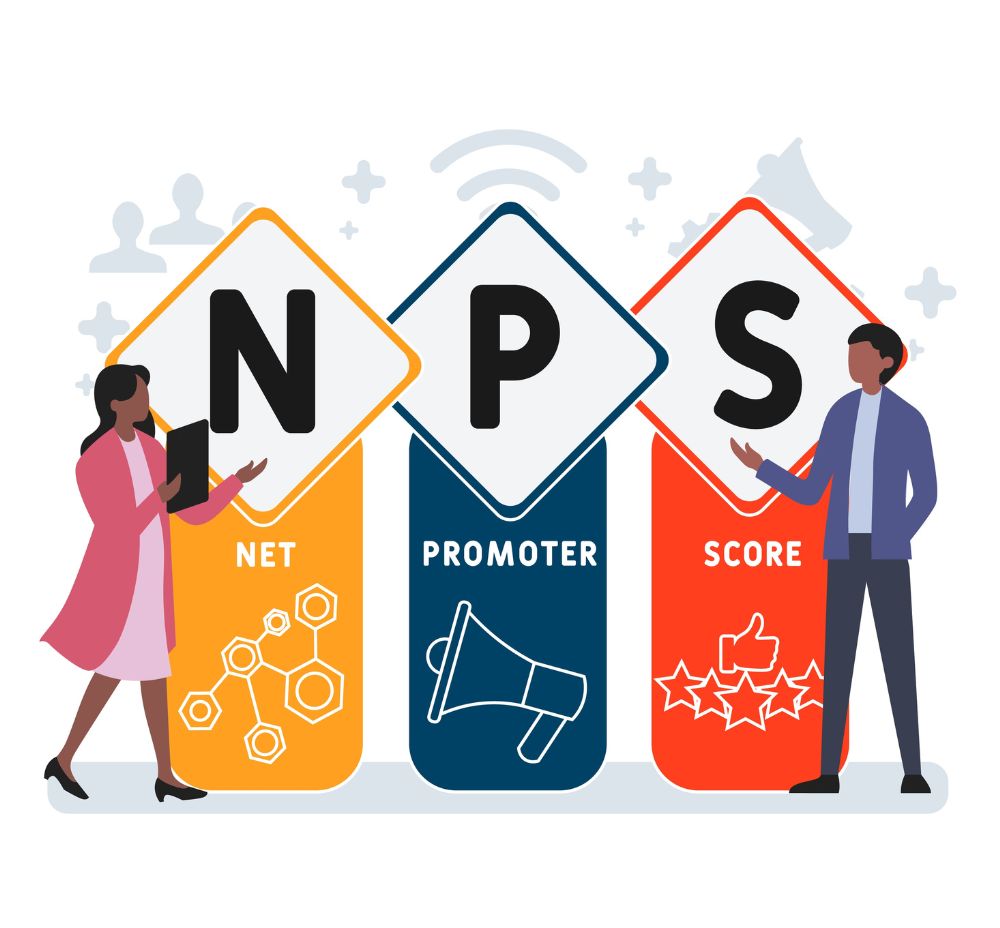Traditionally, strategy documents are lengthy, fail to engage stakeholders, and are cumbersome to implement. “Strategy on a Page” is a striking contrast. It’s a powerful tool that distills complex strategies into a single, easily digestible, and actionable page. Opting for a Strategy on a Page enhances clarity and ensures that everyone in the organization is aligned and focused on the same objectives. This article will guide you through understanding, structuring, and crafting a successful Strategy on a Page.
What is Strategy on a Page?
Strategy on a Page, sometimes referred to as SoaP, is a streamlined approach to strategic planning that condenses all essential elements of a business strategy into a single-page document. This method simplifies communication, enhances alignment, and ensures that strategic objectives are clear and actionable.
While distilling an entire strategy into a single-page document might seem daunting, it is an incredibly valuable task and asset. The primary purpose of a Strategy on a Page is to provide clarity and focus by boiling down complex plans into their essential elements. Creating a Strategy on a Page forces the organization to prioritize what truly matters, shed any unnecessary details, and focus on objectives and key results, also referred to as OKRs.
Strategy on a Page Structure
Creating an effective Strategy on a Page involves several components, each contributing to the strategy’s overall clarity and success.
- Vision: The vision is a brief statement that defines the organization’s long-term goal.
- Mission: The mission concisely explains the organization’s purpose and primary objectives.
- OKRs: OKRs are specific, measurable goals and the metrics that indicate progress towards achieving them.
- High-Definition Operating Model: This model incorporates people, processes, technology, and governance and explains how these elements interact to support the strategy.
- Value Proposition: The value proposition answers the question: “What problem do we solve for our customers, and how do we do it better than anyone else?”
4 Steps to Writing an Effective Strategy on a Page
1. Understand Your End Goal
The first step in crafting a Strategy on a Page is to have a clear vision of what you want to achieve. To form a clear vision, define the long-term goals and understand the broader objectives of your strategy.
Tips:
- Engage stakeholders to gather diverse perspectives on the end goals.
- Conduct market and competitive analysis to ensure your goals are realistic and relevant.
- Use vision statements to capture the desired future state of the organization succinctly.
2. Define the Key Objectives and Results
Objectives are the specific, actionable steps needed to achieve the end goal. They should be clear, measurable, and aligned with the overall strategy.
Using SMART Criteria:
- Specific: Clear and specific objectives.
- Measurable: Quantifiable metrics to track progress.
- Achievable: Realistic goals that are unattainable.
- Relevant: Objectives that are aligned with broader business goals.
- Time-Bound: Defined timelines for achieving each objective.
3. Simplify and Visualize
A key aspect of Strategy on a Page is its simplicity. Use visual elements like charts, graphs, and bullet points to present information clearly and concisely.
Tips:
- Avoid jargon and keep language simple.
- Use compelling visuals to highlight key points and make the document more engaging.
- Ensure the layout is well-organized and easy to read.
4. Review and Revise
A Strategy on a Page is a living document that must be regularly reviewed and updated. Involve stakeholders in the review process to ensure alignment and adaptability.
Review Cycle:
- Schedule regular check-ins to discuss progress and make adjustments.
- Gather feedback from different departments to ensure comprehensive insights.
- Be open to revising objectives and key results as necessary to reflect changes in the business environment.
Elevate Your Strategy on a Page with Accelare
Creating a clear and concise Strategy on a Page is more than just an exercise; it’s a driving force for digital transformation in an overwhelming, digitally disrupted age.
At Accelare, we excel in helping organizations develop impactful Strategies on a Page and bring those goals to fruition. Our consulting services are customized to ensure your strategy is clear, actionable, and harmonious with your specific business goals and industry dynamics.
To start your digital transformation journey with Accelare and learn more about your organization’s exposure to digital disruption, please click here to take our quick, online, 4-minute assessment. Once you complete the assessment, you’ll receive an evaluation of your organization’s business model exposure to the disruptive forces introduced by new technology. The report views this disruption through a framework we call Enterprise Fitness and consists of the following four sections:
- The Domains of Digital Disruption
- Your Organization’s Digital Exposure
- The Digital Disruption Maturity Model
- Your Organization’s Digital Disruption Maturity Level











